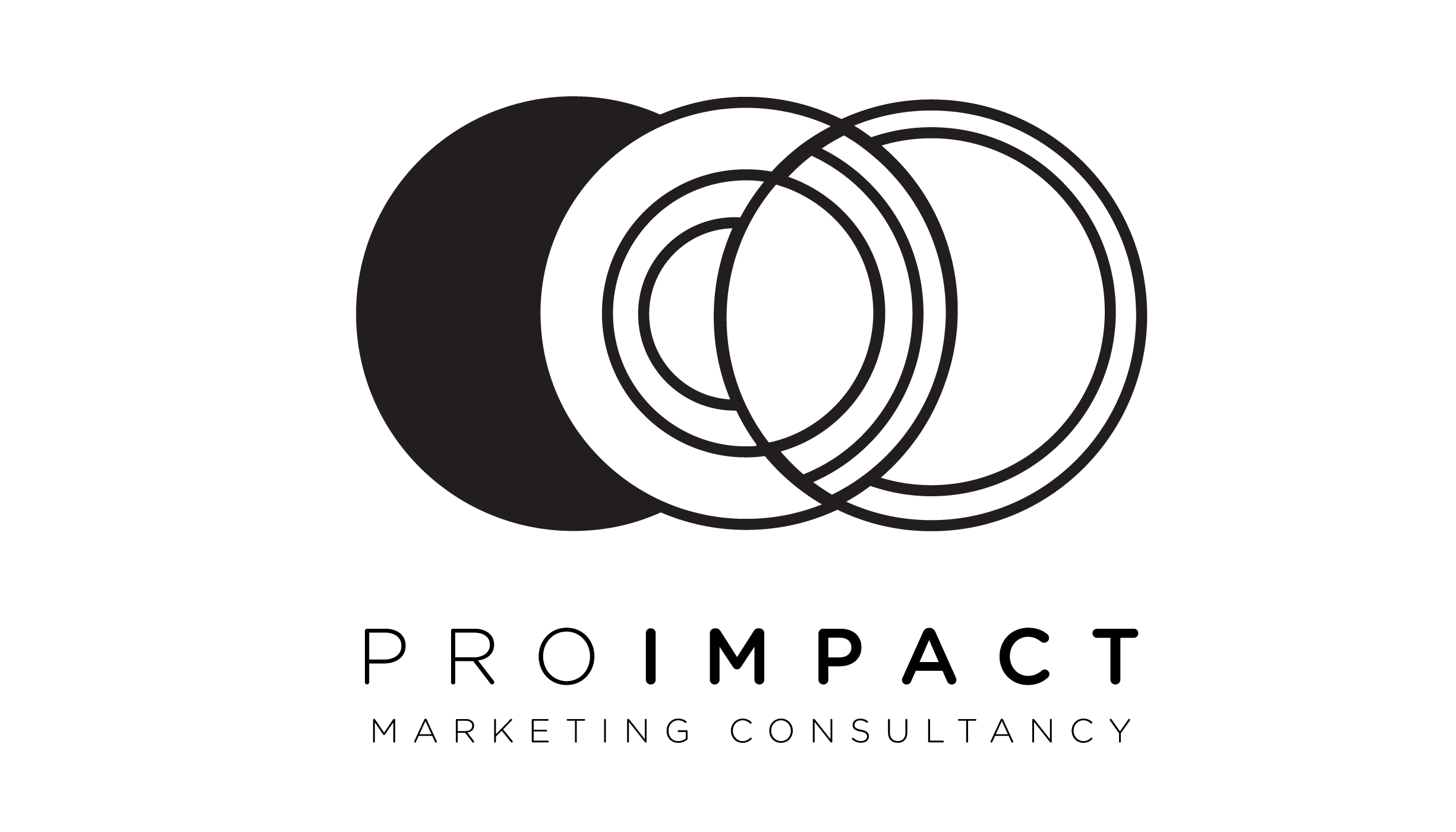Classic / Mohamed Ogbi, Proimpact, Proimpact Marketing Consultancy / October 9, 2016
What Is Integrated Marketing Communication? – Proimpact Blog
IMC, also known as relationship marketing, works to interactively engage a specific individual, using a specific message, through specific media outlets.
Today, IMC has resurrected the relationship between buyer and seller by re-creating an environment of consumer-focused communication efforts. IMC’s ability to strategically deliver a consistent message to the right audience, through the correct media, is crucial to the successful implementation of an IMC creative series to do this effectively, marketers must develop a creative strategy that not only coordinate advertising efforts, both visually and verbally, but also answers the target market’s most important question: What’s in it for me??
The goal is to built a long-term relationship between buyer and seller by involving the targeted individual in an interactive or two-way exchange of information. Expertly placed media efforts and the use of computer database play a big role in getting the message to the right target audience, as dose the development of a consistent visual/verbal image for the product or service.
Consumers in today’s marketplace are inundated with hundreds of advertising messages daily, consumers must pick and choose which will be remembered and which will be ignored. IMC attempts to ensure that the message will be remembered by replacing unwanted one-size-fits-all tactics by presenting an individualized message to a much smaller target audience in a language they can understand and relate to, and in media they are sure to see and use. Messages used in IMC campaign must be tailor-made to fit a specific target audience’s needs, wants, and lifestyle.
It is important that the product’s image match the target’s image of himself, and the advertised message must get and hole the target’s attention among the clutter of the competition.
communicating with a target that has a known interest in the product or service increases reach, or the number of interested people who will see the message, and reduces frequency, or number of times an ad or promotion will need to be used. Exposure to the message is more or less guaranteed when placed in a special-interest medium the target is known to use, making purchase more likely.
The initial steps required to attract a brand-loyal consumer are more expensive than those needed to retain a brand-loyal customer. Once the consumer thinks of a brand as her/hes only choice, the need for additional communication efforts can be reduced, minimizing cost.
Traditional advertising, on the other hand, takes longer to build loyalty. because it is less likely a given target will have repeated exposure to a mass media vehicle, the amount of time it takes to educated the target on the features and benefits of the product or service is increased.
Successfully employing IMC requires a change in corporate philosophy, or a different way of thinking about, and planning for, strategically effective marketing communication. To be effective, IMC must be looked at as a process for building a relationship with the target and developing a product or offering a service that meets the specific needs of these individuals. Product performance and quality is also a critical component to success.
- Research
- Database development
- Use of the Internet
- Employing correct media tactics
- Building brand-loyal consumers
- Creating an interactive relationship
- Brand development
- Projecting a consistent visual/verbal image
- The promotional and media mix
- Evaluation.
If you have any questions about IMC development and implementation, contact us at info@proimpact.it











